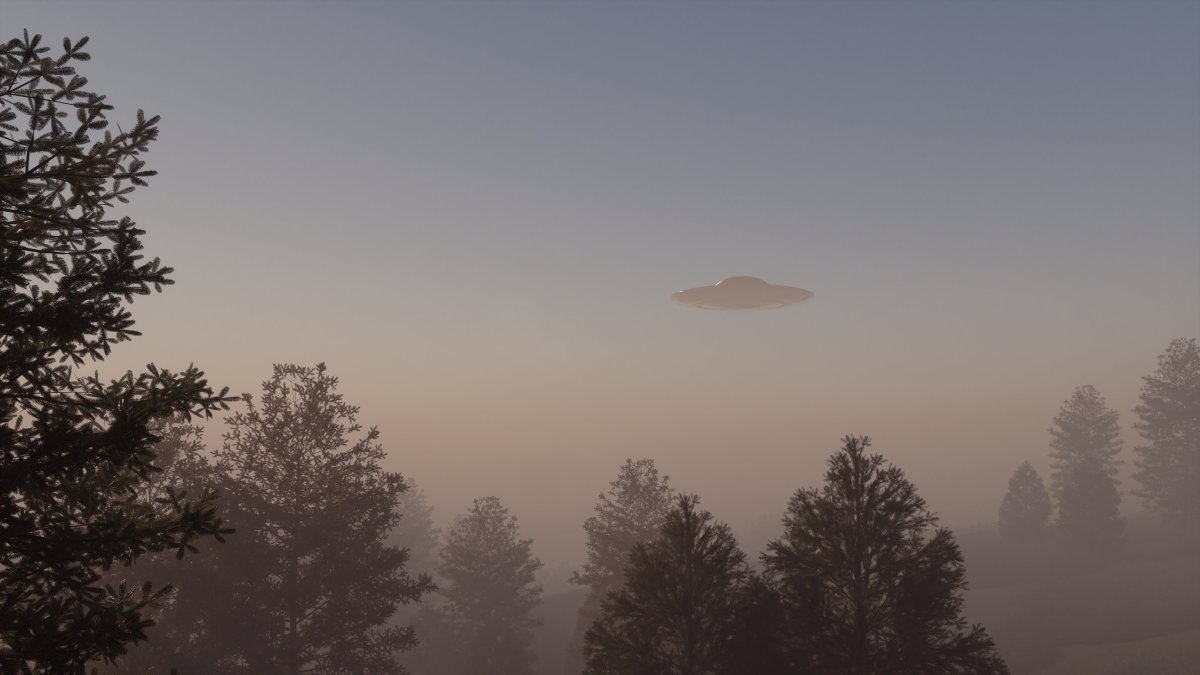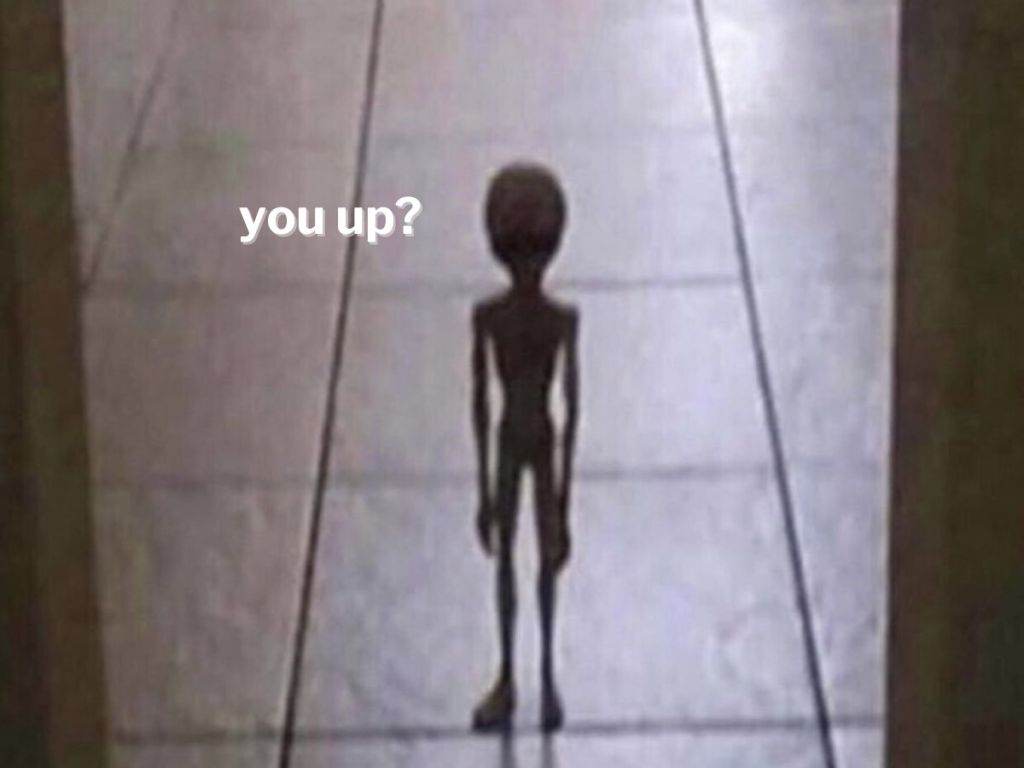It’s the ultimate question that’s been bothering mankind since the Universe was created. Are aliens a thing? Are there alternate life forms also living in the Milky Way? What do they look like? Could we ever establish contact with them?
For generations, space enthusiasts and alien hunters around the world have attempted to document — with questionable levels of success — alien life. So obsessive are some alien chasers that legitimate organisations dedicated to proving the existence of aliens have been set up in Silicon Valley
So, are aliens real? Do they exist? Let’s explore further.
Are aliens real? It’s not as simple as Yes or No
The million-dollar question of whether or not those little green goblins exist is a pretty complicated one. Before we even begin to talk about aliens, we need to first talk about their mode of transport: UFOs.
Are UFOs – unidentified flying objects – real? Do aliens hitch a ride in those flat metal discs to visit Earth? Across more than 60 years of sound monitoring and electromagnetic radiation research by US organisation Search for Extraterrestrial Intelligence (SETI), no signals have been detected. Thus, no concrete signs of extraterrestrial life.
On the other hand, NASA says that although real-life E.T. hasn’t been discovered, “that doesn’t mean it doesn’t exist”. Think about it: which is scarier, that we humans are all alone in the Universe, or that other kinds of sentient beings exist? Personally, I’d prefer to co-exist with aliens.
What are aliens?
This brings us to another important question: what exactly is an alien? Is it as depicted in popular culture – green, a big head, almond-shaped eyes and a long skinny neck? Or might it have tentacles, as in Denis Villeneuve’s Arrival?
According to seven scientists interviewed by Cosmos, an alien could look like anything from purple slime to something the microscopic size of a bacterium.
Where might aliens exist?
Mars, you think? Good guess, but as of writing, the dusty red planet is the wrong answer. Although water and ice caps on Mars indicate potential signs of life, scientists have yet to actually encounter living, walking aliens.
Other guesses on where these non-Earthlings might reside include, well, pretty much the entire Solar System. Enter the Fermi Paradox. Named after eminent Italian-American scientist Enrico Fermi, the paradox poses two questions: Why haven’t aliens visited us on Earth? And why haven’t we been able to locate them?
The Fermi Paradox highlights the dilemma in discussing whether aliens exist. If they are real and are super-intelligent beings, why haven’t they colonised us?
Is there any proof of aliens?
Yes. Well, sort of. Across generations, legitimate researchers and alien hunter types have shared photo and video footage of strange “movements” in the sky, claiming that they’re evidence of alien life.
For example, Wendelle C. Stevens, a former US Air Force pilot and an alien enthusiast, reportedly has the world’s largest personal collection of photos documenting his UFO sightings.

In 2022 US Congress hearings on UFOs did little to quell the general public’s fascination about aliens. It was the first hearing of its kind in the US in over 50 years, and top Pentagon officials provided testimony.
NASA’s search for extraterrestrial life
NASA has a webpage dedicated to aliens. A wide range of apparatus have been used throughout the years to monitor and track down even the faintest sign of alien life. They include:
Deep Space Network (DSN)
The space agency has been using the DSN since 1972 in its search for aliens. The DSN is a radio antennae system that tracks mysterious spacecrafts and sends signals towards them. E.T. enthusiasts can even go on this page to see different DSNs being updated every five seconds.
Telescope
SETI uses a steerable telescope to identify civilisations beyond Earth. Technically, this telescope endeavour isn’t a project directly under NASA, but NASA is a partner.
In September 2023, NASA released a UFO report that stated: “No life beyond Earth has ever been found; there is no evidence that alien life has ever visited our planet. It’s all a story.” Booooo…





